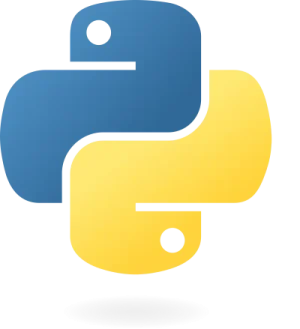Looping Through Lists
Iterating Over List Items
One of the most common ways to iterate over a list in Python is by using a for loop. This method allows you to access each item in the list sequentially.
Example
To print each item in a list, use a for loop as follows:
my_list = ["The Great Gatsby", "1984", "To Kill a Mockingbird"]
for item in my_list:
print(item)This will output:
The Great Gatsby
1984
To Kill a MockingbirdIterating Using Index Numbers
You can also loop through a list by referring to the index numbers of its elements. Utilize the range() and len() functions to generate a sequence of indices.
Example
Print each item by accessing its index in the list:
my_list = ["The Great Gatsby", "1984", "To Kill a Mockingbird"]
for i in range(len(my_list)):
print(my_list[i])The range(len(my_list)) function generates indices [0, 1, 2], which correspond to the list items.
Looping with a While Loop
A while loop can also be used to iterate through a list. Begin by determining the length of the list with len() and start at index 0. Continue looping until all indices have been processed.
Example
Use a while loop to print each item in the list:
my_list = ["The Great Gatsby", "1984", "To Kill a Mockingbird"]
i = 0
while i < len(my_list):
print(my_list[i])
i += 1In this case, the loop continues as long as i is less than the length of the list, incrementing i with each iteration.
Looping with List Comprehension
List comprehension provides a concise way to loop through lists. This method is particularly useful for applying an operation to each item in the list in a single line of code.
Example
Here’s how you can use list comprehension to print all items in the list:
my_list = ["The Great Gatsby", "1984", "To Kill a Mockingbird"]
[print(item) for item in my_list]This one-liner achieves the same result as the previous examples, but with more compact syntax.
Exploring different looping techniques helps you efficiently process list elements in Python, enhancing your coding versatility.
